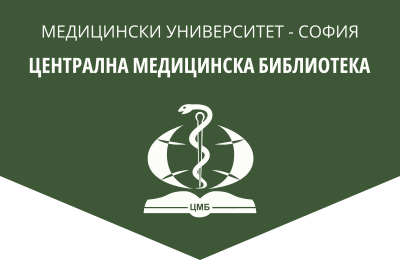Cytokines and estrogens levels in osteoporosis
Bulgarian Medical Journal, 2023, 17(1), 39-43.
A. Grigoryan, A. Dimitrova
Department of Physiology and Pathological Physiology, Medical University – Pleven
Abstract. Osteoporosis is a progressive systemic disease of the bone skeleton, characterized by reduced mass and deteriorated bone microarchitecture, leading to increased bone fragility and increased risk of fractures. One of the common causes of osteoporosis is estrogen deficiency. Different types of cytokines play an active role in the pathogenesis of estrogen deficiency osteoporosis. They are substances with pleiotropic and multifactorial effects, and sometimes their biological effects overlap. Cytokines affect osteoclast bone resorption through an autocrine, paracrine, or juxtacrine mechanism. The main cytokines involved in bone turnover are interleukin-1 (IL-1), IL-6, IL-11, tumor necrosis factor (TNF-α) and TNF-β, interferon- gamma (IFN-γ), the receptor activator of the nuclear factor kB ligand (RANKL), transforming growth factor (TGF-α) and TGF-β, macrophage-colony stimulating factor (M-CSF), vascular endothelial growth factor (VEGF). Most of them are secreted by immune cells and osteoblast or osteoclast precursor cells.
Key words: osteoporosis, cytokines
Address for correspondence: Armine Vardani Grigoryan, Department of Physiology and Pathological Physiology, Medical University Pleven, 1 Kliment Ohrisdki St, Bg – 5800 Pleven, e-mail: armine_ph@abv.bg
